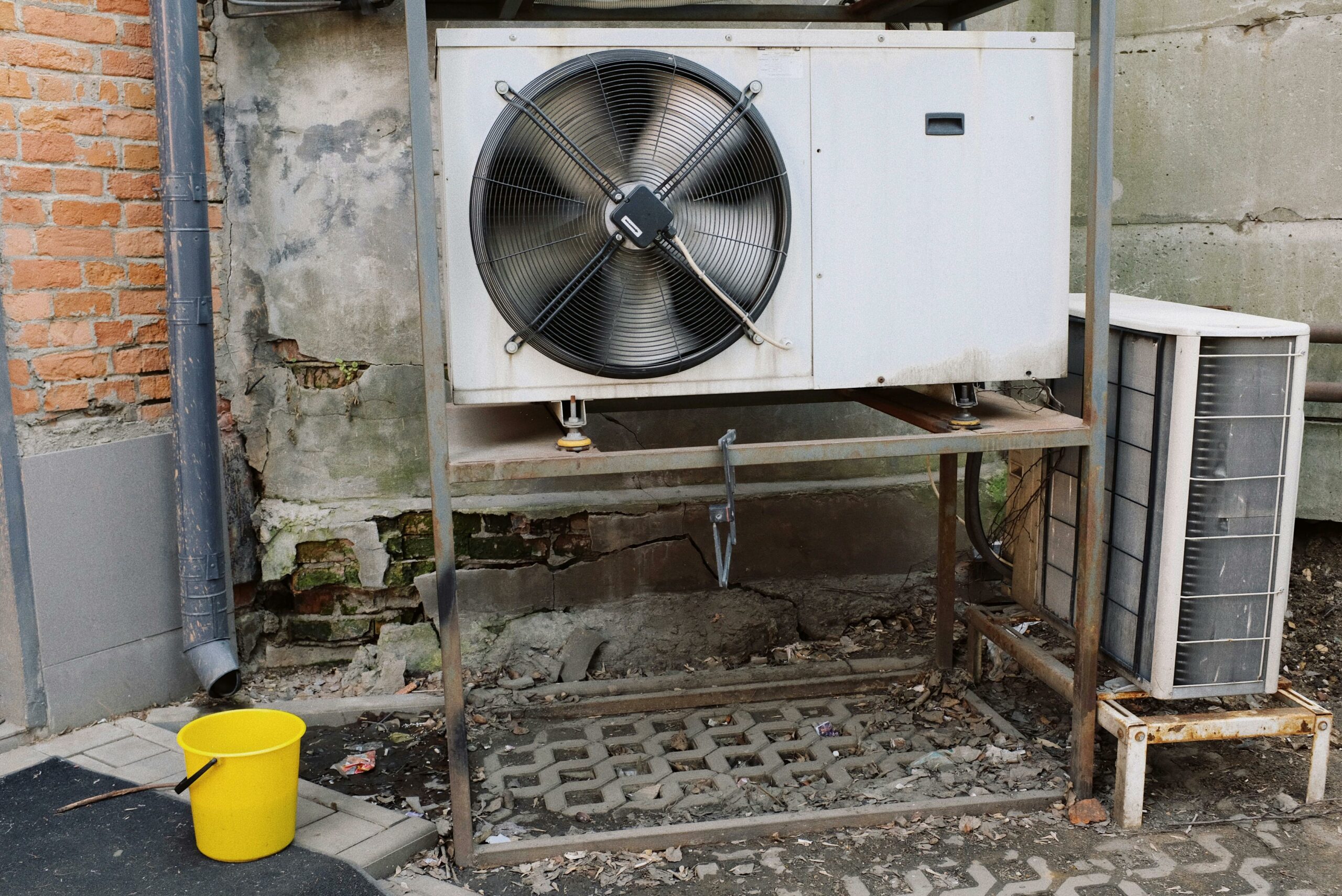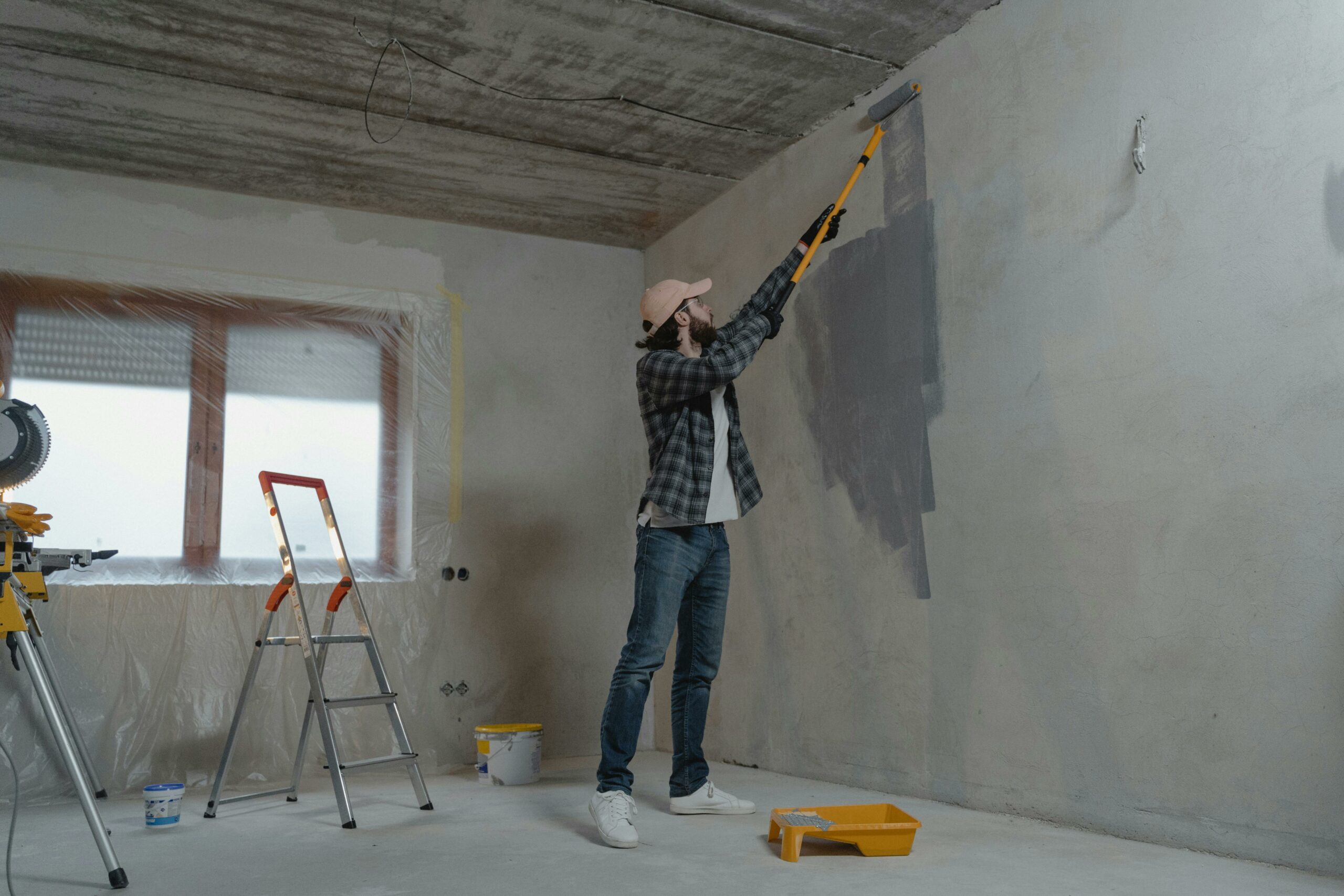The following contribution is from another author.
Before you reach for a heavy-duty drain cleaner from your local hardware store, consider trying some of these less caustic alternatives. Depending on the extent of your clogged drain, these simple DIY methods can do the trick. Although liquid drain cleaners are effective, they are most effective on slow drains rather than fully stopped drains.
1. Call a Professional Plumber
Calling a professional plumber Caldwell Idaho can easily solve your clogged drain problems. Not only do they have the experience and know-how, but they also have all the necessary tools to solve the problem. Very serious clogs may require the drain to be disassembled or require a much longer snake than you have access to.
2. Snake the Drain
Stubborn clogs and a fully blocked drain may require you to use a drain snake. A drain snake for a sink is usually plastic and it has barbs along its length. Simply push it into the sink a few inches at a time before pulling it out and cleaning off the snake. Repeat the process until you’re able to feed the entire snake into the drain. Turn on the tap to test whether or not the drain is cleared. If you’re dealing with a toilet drain, you’ll want a toilet snake or a closet auger. This type of snake works by turning a hand crank to feed the snake down the drain. This method usually works on most toilet clogs.
3. Boiling Water
Pouring boiling water down a drain is one of the simplest and easiest ways to tackle a clogged drain. This method tends to work best on mildly clogged drains and may be less effective on a drain that is severely clogged. You may want to employ some of the other mentioned methods first. When using this method, you’ll want to allow a few cups of hot water to sit in the drain before adding more. Sometimes, you must repeat this process several times before completely clearing the blockage. Boiling water in a fully stopped drain isn’t always effective as the existing water will cool down the boiling water to a temperature that’s too cool to clear out the clog.
4. Household Cleaners
If the blockage is the result of grease build-up or residue, common household cleaners like dish soap can do wonders for a clog. Simply, add some down the drain, and let it sit. The soap will begin to break down the grease if it reaches the clog, and after a few minutes pour boiling water down the drain. Baking soda, lemon, and vinegar is another common household solution for busting a clog. This combination should also be followed by pouring boiling water down the sink.
5. Use a Plunger
Make sure that you’re using the right plunger for the job. There is a difference between toilet plungers and sink plungers. To get good results you’ll have to block the overflow hole and fill the sink with a little water. Engage the plunger slowly to push water into the drain, and release the overflow hole to allow the flange to rise. Repeat the steps as needed until the blockage is cleared. For a toilet clog, it helps to allow some water to enter into the bell of the plunger before engaging the plunger. Engage the plunger several times before checking to see if the clog has been cleared.
It’s never any fun having a slow or clogged drain, but it’s possible to handle many clogs on your own. If you’re unable to solve the problem, calling a professional can prevent you from doing more damage than good.























